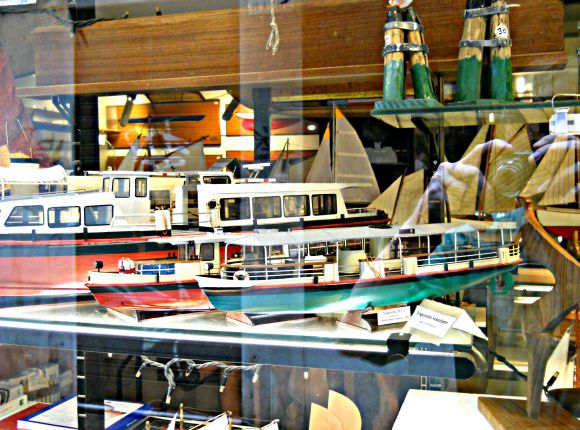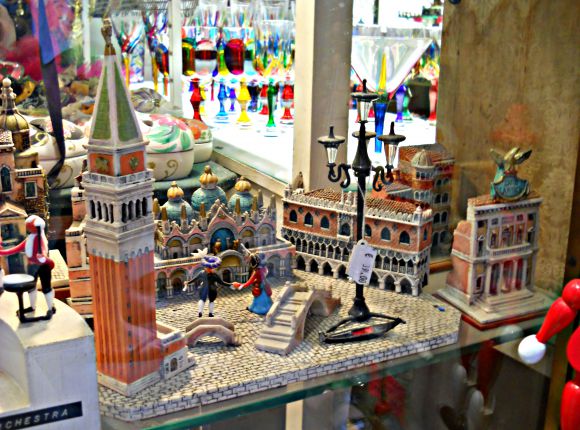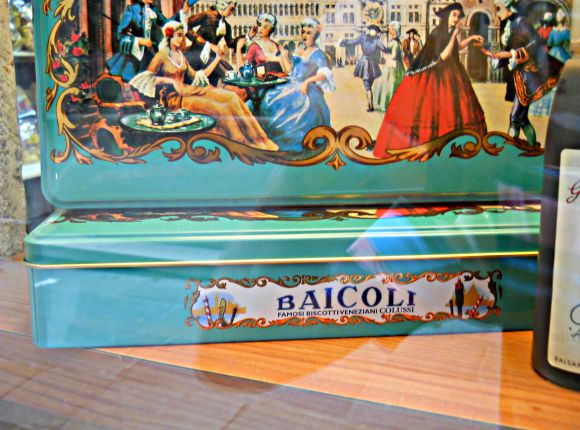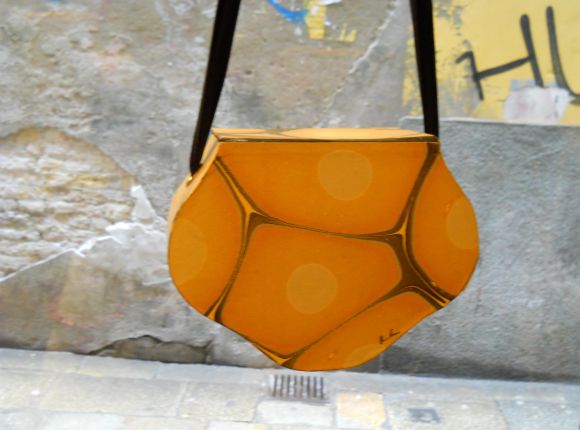1. Murano Glass

Murano glass is world famous and there is only one place in the world where it is manufactured - the small island of Murano, near Venice. If you want to visit the island - take a boat (the so-called "Vaporetto"); the journey takes only a few minutes. Being there, you'll have the opportunity to watch the process of Murano glass creation (as well as to buy it) in many of the local factories open for visitors. (By the way, some Venice hotels organize visits to the island for free).
Observing Murano glass in the making is as fascinating a process as enjoying its beauty ready-made. The process of manufacturing is far cry from mass production. It starts by workers melting two or more pieces of different glass. Oftentimes, some precious materials, such as gold or silver, are also added. The results are marvelous objects: animals, lamps, candlesticks, jewelry, cups, vases, etc. - practically of any color and size. Each one of these items is really unique.
Surely, there is no need to make a trip to Murano to buy Murano glass, as it can be done in the city as well. But beware! Some shops, especially the ones in the areas frequented by tourists, offer "Murano glass" produced in China or Taiwan.
If you want to be sure that you are buying a real thing, visit Cenedese, reputedly the best store for Murano glass in Venice. The shop is more than 60 years old and its owner is a proud upholder of a long family tradition of manufacturing and selling Murano glass. The prices range from 30 EUR up to 30,000 EUR.
Where to find it:
Cenedese
Address: Fondamenta dei Vetrai, 68, 30141 Venezia VE, Italy
Opening Hours: Daily: 10 am - 6 pm
Buy It on Amazon:
Offline reading and travel directions:
With GPSmyCity App you can read this article offline on your mobile device, use the embedded offline city map and GPS navigation, as well as create a self-guided walk to visit the venues featured in the article.
2. Burano Lace

Burano lace is as famous internationally as Murano glass. Burano is an island which can be reached by boat from Venice within about one hour. Lace has been manufactured there for over 400 years and is still exported nearly all over the world. The lace technique is very complicated and, therefore, one can say that it really is an artwork in its own right – nothing to do with mass production. Back in the middle of the 19th century, there was only one woman left on the island who knew all the secrets of the unique Burano technique. To prevent it from falling into oblivion, a group of wealthy, local women founded a school on the island – called "Scuola di Merletto" - where this technique is currently taught.
Although Burano is very much worth a visit, as such, there is no need to make a journey to the island solely to buy wonderful small curtains, table-clothes, serviettes or other lace items. You can do it in Venice, too. But beware! Some shops in Venice offer "Burano Lace" that is actually manufactured in China or Taiwan. To make sure you're buying a real thing, i.e. made on Burano, visit the famous Il Merletto shop. The prices range from 3 EUR up to more than 400 EUR apiece.
Where to find it:
Il Merletto
Address: Sotoportego del Cavalletto, Piazza San Marco 95.
Opening Hours: Daily: 10 am - 5 pm
Offline reading and travel directions:
With GPSmyCity App you can read this article offline on your mobile device, use the embedded offline city map and GPS navigation, as well as create a self-guided walk to visit the venues featured in the article.
3. Masks

Venice and masks have come together a long way since the old times. Back in the old days, Venetians wore masks not only for the famous Carnevale, but for almost any outing, e.g. dinner, casino, theatre, etc. Even the once rich, who lost all their money and resorted to begging, still wore masks as a way to hide their face and their shame. Some of the most important, character masks find their origin in a Venetian theatre play, the so-called "Commedia dell'arte". Among them lawyer, doctor, servant, butcher, hunter and other characters. When in Venice, you will find masks sold at practically every street corner. But beware! Most of them aren't Venice-made, but manufactured in China or Taiwan, and thus not entirely Venetian.
If you want to buy a real Venetian mask, visit the Tragicomica. The prices range from 20 EUR and up to 2000 EUR per mask. You will also find wonderful hand-made Venetian costumes there. And if you have enough time, you can even learn how to make the wonderful Venetian masks yourself!
Where to find it:
Tragicomica
Address: San Polo, Calle dei Nomboli 2800
Opening hours: Monday - Saturday: 10 am - 1 pm; 2 pm - 7 pm
Buy It on Amazon:
Offline reading and travel directions:
With GPSmyCity App you can read this article offline on your mobile device, use the embedded offline city map and GPS navigation, as well as create a self-guided walk to visit the venues featured in the article.
4. Fabrics

Fabrics can be a perfect gift to bring back from Venice. Precious brocade, damasks, pillows, Gobelins, curtains, drapes for your dining tables, chairs and more are offered by a very old family-run company in its showroom and shop near the Canal Grande. The company, called Rubelli Venezia, was founded in Venice in 1858. Their products combine the experience of five generations with the very old Venetian know-how. Today, Rubelli is a world famous trendsetter in the field of fabric design. The materials they use are wool, silk, linen and cotton - a true feast for the eyes to look at.
Rubelli export their fabrics to over 50 countries. Rubelli Venezia is also a decoration firm, decorating rooms in private homes, palaces and famous opera houses, such as the Fenice in Venice. The manufacturing of these textiles is highly complicated and absolutely unique a process. Visiting the Rubelli showroom is an absolutely romantic event because it is located in a palace, the Palazzo Corner Spinelli. To get there, you can take a waterbus, the so-called Vaporetto, and get off at the San Angelo station, which is two stops behind Rialto Bridge. The Palazzo Corner Spinelli is situated directly at the Grand Canal. Entering the showroom, you can have a look at the marvelous Rubelli fabrics being made against the wonderful view of the Grand Canal with its gondolas, the Rialto Bridge, and the nearby palaces. In the same building, you will find a Rubelli shop as well. Prices range from about 40 Euro for a pillow; depending on one's personal preferences, of course, they may be higher (practically no limit).
Where to find it:
Rubelli Venezia
Address: Ca' Pisani Rubelli, S. Marco, 3393, 30124 Venezia
Opening Hours: Monday - Friday: 9:30 am - 1 pm; 2 pm - 6:30 pm;
Saturday: 10:30 am - 6:30 pm
Buy It on Amazon:
5. Doorknockers

Doorknockers are commonplace in the Veneto region and particularly in Venice. When you walk around the city, you can see them on many doors of the local historic buildings. Doorknockers, made of metal, often feature an animal head; for Venice, it is traditionally a lion's head. Attached to the head is a ring that works as a door hammer. Of course, doorknockers and, especially the rings, must be heavy so as to make a knocking sound loud enough to be heard from deep inside the house. Traditionally, doorknockers have been true art works because quite often they symbolized the wealth and prosperity of the owner, resident of the house. Nowadays, doorknockers make a marvelous gift. But be careful to buy an authentic piece, rather than some cheap dud made in Taiwan.
The best available option is to buy doorknockers produced by the Venetian foundry, called Fonderia Artistica Valese. This foundry has been in business since 1913 and is quite famous for its produce. There, you can also buy many other products, including reproductions of some of the most famous buildings and monuments of Venice. The prices for a doorknocker vary from 60 EUR up to 250 EUR apiece.
Where to find it:
Fonderia Artistica Valese
Address: Calle Fiubera 793, San Marco
Opening Hours: Monday - Saturday: 10:30 am - 6 pm
Buy It on Amazon:
6. Handmade Wooden Puzzles
Leaving Venice, you might want to take a piece of this marvelous city with you. Luckily, it is now possible without any harm done, courtesy of a wooden puzzle depicting some of the landmark Venetian buildings, such as Rialto Bridge, the Doge's Palace, and others. You can buy these puzzles in the shop called Signor Blum. The owner is making (and painting) these puzzles by hand and each one of them is really unique. In fact, you can even order a puzzle made specifically for you, showing a place in the city that you like most.
The shop is situated between two of the most beautiful places in Venice, Campo San Barnaba and Campo San Margherita. The prices for a wooden puzzle range from 11 EUR up to 100 EUR or more. There you can also buy some smaller wooden puzzles like gondolas, miniature Venetian Houses, but also fishes, frogs, penguins, and many many others from about 8 EUR a piece.
Where to find it:
Signor Blum
Address: Campo San Barnaba, Dorsoduro 2840
Opening Hours: Monday - Friday: 3 pm - 7 pm;
Saturday: 10 am - 1 pm; 3 pm - 7 pm;
Sunday: 10 am - 1 pm; 3 pm - 7 pm
7. Bellini

Bellini is the name of a cocktail invented in Venice about 80 years ago. It was invented by Giuseppe Cipriani, founder of the world famous Harry's Bar. Over the years, it has been frequented by the world celebrities, such as Charlie Chaplin, Aristotle Onassis, Ernest Hemingway, Truman Capote, Orson Welles – just to name a few. Even today, VIPs frequent Harry's Bar to enjoy their Bellini. Remarkably enough, the cocktail had no name for nearly 20 years. It wasn't until 1948, when an exhibition by Venetian artist Bellini took place, that Mr. Cipriani decided to call his cocktail "Bellini" in honour of the great painter.
A Bellini consists of peaches and Prosecco (Italian version of Champagne). The peaches are squeezed and the juice is mixed with Prosecco. The glasses in which the Bellini is served have to be very cold. For the typical Venetian Bellini only white peaches are used. In older times, there was one employee at Harry's Bar who's only job was to squeeze peaches for the cocktail. One can say that Bellini is a kind of synonym for Harry's Bar itself and that Harry's Bar, in turn, is a synonym for Venice. No wonder that Bellini is very popular as a gift and a greeting from Venice. Obviously, you can't just take a glass of Bellini home, so the only workable solution is to buy a whole bottle, available at many shops around the Rialto Bridge. The price of one bottle of Bellini is about 10 EUR.
Where to find it:
Harry's Bar
Address: Calle Vallaresso, 1323, 30124 San Marco
Opening Hours: Daily: 11 am - 11 pm
8. Handmade Shoes

Shoes made in Italy imply elegance, fine leather and perfect manufacturing. Could something be better than this? The answer is yes – handmade Italian shoes. It really is a wonderful feeling to wear shoes handmade just for you. But it isn't only the feeling – handmade Italian shoes are something really noble and worth every penny spent on. The 'lifetime' of such shoes is also substantially longer than that of the mass produced counterparts; you can wear them for years and years. Naturally, such shoes demand good care – that's to say the right polish, oil and so on. Handmade Italian shoes are really an expression of the owner's personality – no two shoes are the same, each pair is unique. Of course, they don't come cheap, but all in all, well worth the money.
However, if you want to get yourself some true state-of-the-art footwear, visit Giovanna Zanella's shop, run by Venice's most renowned shoe-maker. The shop is situated some 200 meters away from the Rialto Bridge. Giovanna Zanella creates footwear for both men and women, and not only classical designs; she's known for mixing tradition and modernism to create truly unique items. She also uses and combines various materials - fabrics, leather and plastics. It's no wonder, that many so-called VIPs (and not only from Venice) frequent her store. The prices start from 500 EUR and go up to 1500 EUR a pair, depending on the customer's special demands.
Where to find it:
Giovanna Zanella
Address: Calle Carminati, San Lio 5641
Opening Hours: Monday - Saturday: 1:30 pm - 7:30 pm
Buy It on Amazon:
9. Pasta
Pasta (a known fact) is the most popular food in Italy. There are dozens of pasta products in the country of different shapes and sizes: Lasagna, Penne, Spaghetti, Tortellini and so on... In fact, pasta is so popular in Italy that in Rome there's even a pasta museum. In Venice, there is a pasta shop who's owner's family have been in business of hand-making pasta for over a century. There you can even buy coloured pasta: green or red, resulting from the dough mixed with spinach or tomatoes. But the highlight in their collection is the pasta shaped in the form of a gondola. A Venetian masterpiece.
The shop's name is "Giacomo Rizzo". The prices range between about 2 EUR and up to 8 EUR, depending on the type of pasta you like.
Where to find it:
Giacomo Rizzo
Address: Salizzada di San Giovanni Crisostomo, Cannaregio 5778
Opening Hours: Monday - Saturday: 9 am - 1 pm; 3:30 pm - 7:30 pm
Buy It on Amazon:
10. Gondolier's Hat

Walking in Venice, you will notice that most of the guys driving gondolas (the so-called "gondolieri") wear hats. And that is a certain type of hat, made of straw, pervious to air and allowing to keep one's head cool in high temperatures. The broad brim, warding off the sun, makes it particularly comfortable to wear. A ribbon (mostly black, blue or red) adds a beautiful touch to these hats. Easy to maintain, one only has to protect the hat from too much humidity. Such straw hat is one of the most popular gifts tourists tend to buy while in Venice. You can buy it at practically every street corner, but beware! Most of these hats are made somewhere in China or Taiwan and are of poor quality.
For authentic Venetian product, visit the shop of Emilio Ceccato, specialized in gondolier's outfits. It is situated very close to the Rialto Bridge (address: "Sotoportego di Rialto"). Many Venetian gondoliers shop there - not only for the hats, but also, for example, for those typical sweaters with crosswise stripes. The price of a hat is 27 EUR.
Where to find it:
Emilio Ceccato
Address: S. Polo, 16, 30125 Venezia VE, Italy
Opening Hours: Daily: 10:30 am - 1:30 pm; 2 pm - 7 pm
Buy It on Amazon:
11. Forcola (Gondola Rowlock)

Forcola is the Italian word for something very unique, very important and absolutely typical of Venice. A forcola is a part of a Venetian gondola. If you watch a gondola closely, while sailing, you will easily recognize it - the thing in which a gondola driver fixes his oar for rowing – an oar holder (rowlock). The oar and the rowlock are the two most important parts of a Venetian gondola. Indeed, every oar and every oar holder that you see on Venetian gondolas (there are about 500 of them) are unique. Not one is like the other. But why? Well, first of all, they are all handmade, and second of all, made specifically for a particular gondolier. The manufacturer, therefore, must know exactly how tall the gondolier is, how much he weighs, and even how long his arms are.
An oar holder is a wonderful gift, and is a real piece of art. You can buy one at the workshop of Paolo Brandolisio. Looking inside the workshop is a treat in its own right. Paolo Brandilisio creates each forcola by hand, carving out of a single block of wood (usually walnut, cherry or pear wood). The minimum price of a handmade forcola is 400 EUR - it can be higher, subject to special demands on the wood or size. Alternatively, you can buy a replica forcola, about one-third of the real size, for about 150 EUR.
Where to find it:
Paolo Brandolisio
Address: Sestiere Castello 4725, 30122 Venezia
12. Handmade Boats and Ships

Venice is world famous for its gondolas, carrying tourists through the Grand Canal. But there are many other boats and ships in the lagoon as well, including, for instance, water-buses, the so-called "Vaporetti". Throughout history, the Venetians have built a large number of different types of boats. Many of them still exist in the form of models in Gilberto Penzo's shop. The owner, Gilberto Penzo, is an internationally recognized expert in Venetian ships. He sells his models nearly all over the world to both private customers and museums. Each of his models is handmade and unique – made with utmost care for detail.
The shop is a true haven for anyone passionate about maritime history in general and Venetian shipbuilding in particular. The shop offers not only ready-made models, but also kits for building some models (e.g. Venetian gondolas) yourself. One such kit - for a 50-cm long gondola, scale 1:20 - contains 42 pieces. If you go there by water-bus, get off at the San Toma stop. Prices start at about 35 EUR for a gondola kit. For bigger models, which are very detailed, you may have to pay up to several hundred Euros.
Where to find it:
Gilberto Penzo
Address: San Polo, Calle II dei Saoneri 2681
Opening Hours: Monday - Friday: 8:30 am - 4 pm
13. Il Mondo in Miniatura - Miniature Venice
Venice is a marvelous town, absolutely unique – no other city on this planet is like Venice. And nearly everyone in the world knows at least one Venetian landmark: San Marco Square, the Rialto Bridge, the Grand Canal with the gondolas and palaces, the fish market, etc. At some point, one might want to take a small piece of Venice back home (other than those plastic gondolas made in Taiwan, sold at every gift shop around the city). Luckily, it is possible, thanks to a group of artists who have been creating miniature Venetian houses, churches, palaces and more for over 20 years now, much to the delight of those seeking to bring some special memento from a trip to Venice. The materials used are marble and resin. All the objects are handmade and hand-painted. The artists even built a model of the entire town of Venice, called "Il mondo in miniatura" ("miniature world"), which took over 6000 hours to complete.
14. Baicoli
Baicoli is a typical Venetian biscuit. The shape of the biscuit resembles that of a sea bass, hence the name - "baicoli" means "sea bass" in the Venetian dialect. Back in the old times, when Venetian sailors prepared for long journeys, the captains made sure to procure a lot of baicoli. The biscuits were used as bread, and because of being very dry, they could survive for a very long time. Baicoli are typically vanilla-flavored, and are sold in metal boxes, easy to transport and keep fresh for long. The metal boxes, in which the baicoli are sold today, carry a picture of Venetian men and women in traditional clothing of olden times.
The world-famous philosopher Friedrich Nietzsche enjoyed these biscuits very much during his stay in Venice, about 160 years ago.
The biscuits can be found at major groceries. The price of a box of baicoli is about 15 EUR.
15. Handmade Paper

Paper making has long roots in Venice, similarly to Murano Glass or Burano Lace. Of special interest is the technique of mottling the paper. This means that the paper is decorated with colorful symbols, lines and other special features. Mottled paper is also called "Venetian paper", referring to its origin. This paper is especially special if it's made by hand – then each sheet is absolute unique, one can even call it a piece of art. Mottled paper is not only used as a writing paper, but also for binding books (mostly the precious ones), to manufacture calendars or diaries, gift wrapping papers, greeting cards, small boxes or figures – you can even buy handbags made of mottled paper. There are two shops in Venice - "Legatoria Piazzesi" and "Arte in Carta" - specialized in mottled paper and mottled paper-objects.
The "Legatoria Piazzesi“ has been open since 1851, situated in the San Marco district, at Campiello della Feltrina 2511/C, just about 300 meters away from the famous Gallerie dell'Academia. Here you can even have a look at how mottled paper is made, as well as buy nearly everything made from it. Prices range from less than 1 EUR for a greeting card up to 2500 EUR for a marvelous mottled paper curtain. The shop gets open only on request - you must send an SMS to 0039-3478952802, or a fax to 0039-415221202, or e-mail to info@legatoriapiazzeri.it.
The Arte in Carta shop is situated about 500 meters from the Rialto Bridge. Here you can buy boxes, panels, accessories, as well as handbags made of mottled paper – all unique, handmade and waterproof. On top of that, you will have the opportunity to watch the owner (a young lady) creating her products before your very eyes. The price for a mottled paper handbag is 70 EUR.
Where to find it:
Legatoria Piazzesi
Address: Campiello della Feltrina 2511/C
Other Interesting Souvenirs from Italy
If you are nowhere near Italy and have no chance to get there any time soon, or simply have no spare room in your luggage en route home from this country, these days you can find a wide selection of authentic and truly interesting Italian souvenirs online. Presented here are some of the top Italian products sought by foreign visitors, now available online for your convenience.
1. Olive Oil - Another staple ingredient of the Italian cuisine. Olive oil walks tall among other products in Italy, much as among its “next door” rivals from Greece and Spain. Italians consume olive oil “neat” with a piece of bread, or add it profusely to their cooking.



2. Formaggio (Cheese) - Italian cheeses are second to none, be it French, Swiss or Dutch counterparts, neither in quality nor in taste. Some of the local cheese names, like Parmigiano or Mozzarella, have long become generic terms in the world of culinary.



3. Italian meats - Out of a huge choice of meats present on the Italian market, there are some that stand out in particular, namely:
Prosciutto (Italian: ham) – sweet and delicate ham which is safe to eat raw due to its elaborate curing process;
Salami - a cured sausage made of fermented and air-dried meat, usually beef or pork;
Bresaola - air-dried, salted meat (beef, horse, venison or pork), aged for a few months until hard and dark red (almost purple) in color. Originated in Valtellina, Lombardy in northern Italy.

4. Italian sweets - These are numerous, just as any other type of food in Italy. Some of the snacks worth considering include:
Sperlari Galatine Milk Candy - famous Italian sweet made with 80% real milk, yogurt and a bit of honey. With less than 5% fat, it is quite healthy for children and adults alike;
La Florentine Torrone is an authentic Italian treat, comprising toasted almond honey nougat, lemon, orange & vanilla flavor assortment prepared by an original old recipe from the finest ingredients, such as crunchy almonds, smooth golden honey, pure can sugar, and fluffy egg whites, and enriched by flavors squeezed out of the ripest oranges, lemons and vanilla beans.
Savoiardi (or Lady Fingers) - a key ingredient in many desserts including, most notably, Tiramisu.




5. Limoncello -The Italian lemon liqueur originally produced mainly in southern Italy. In the north of Italy, where it is also made nowadays, this liqueur is often called limoncino. Today, Limoncello has become the second most popular Italian liqueur, after Campari. Traditionally, limoncello is made from the zest (peels without the pith) of Femminello St. Teresa lemons which is steeped in rectified spirit (usually grappa, but vodka can be used just as well) until the oil is released.


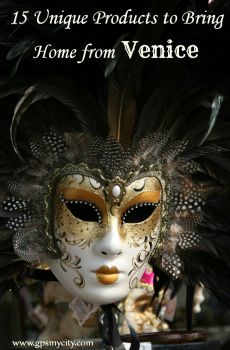
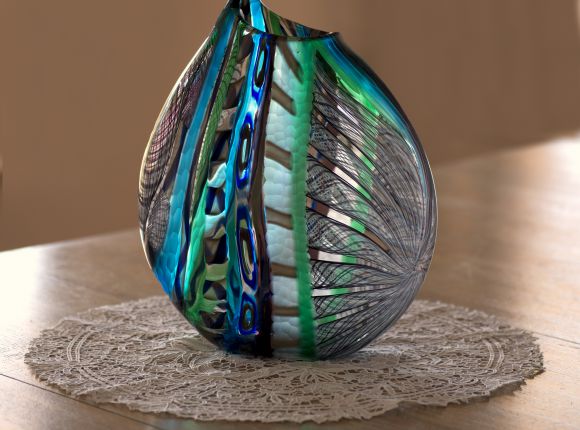
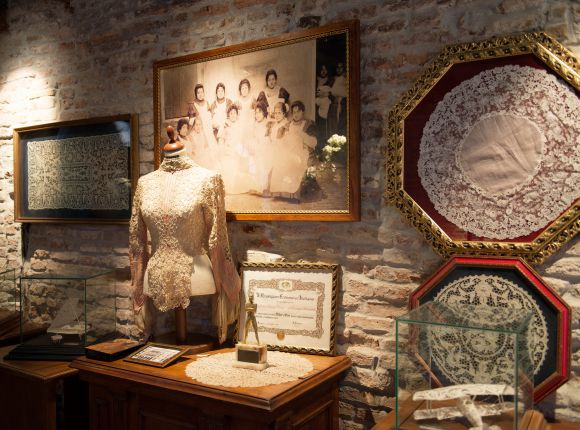
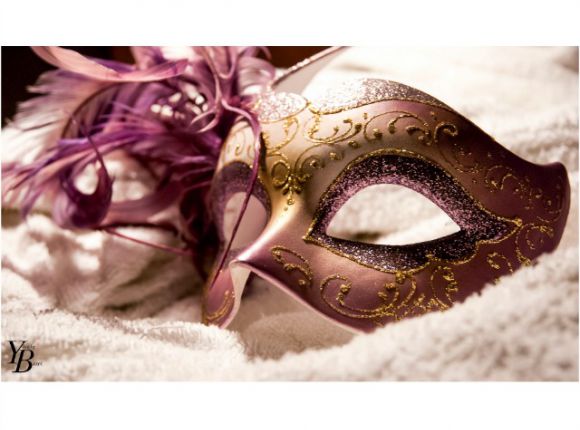
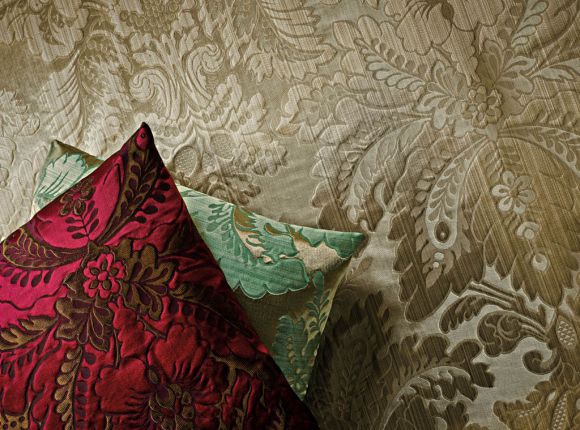
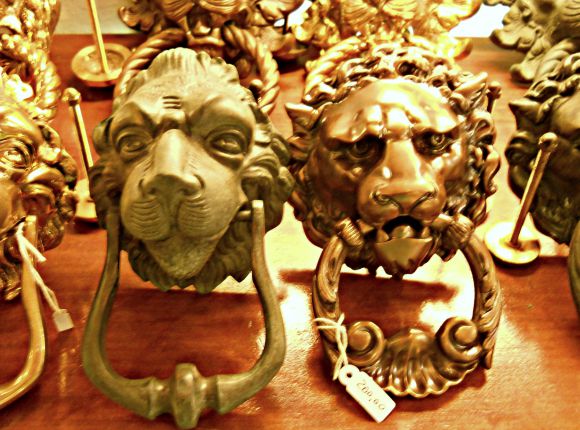
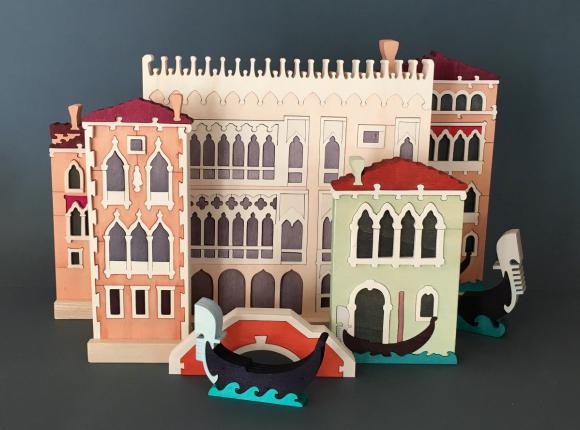
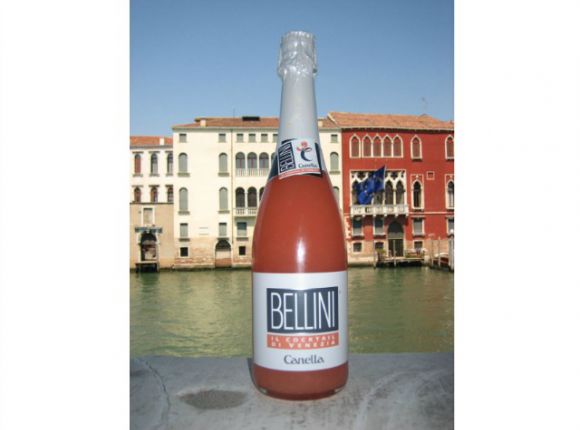
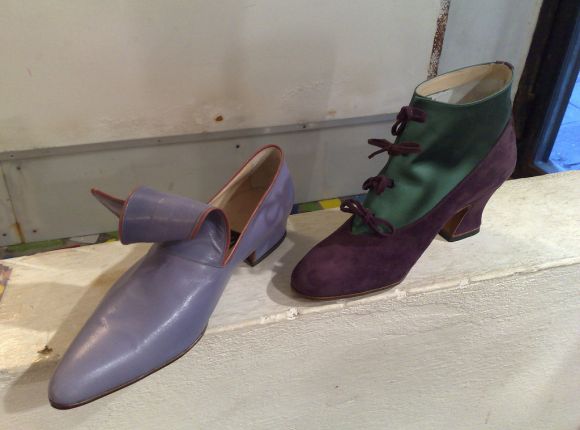
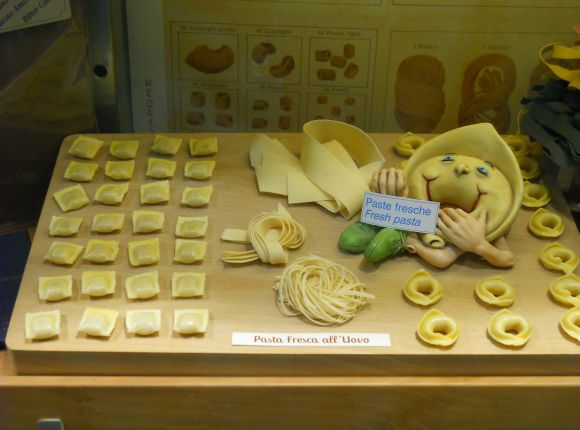
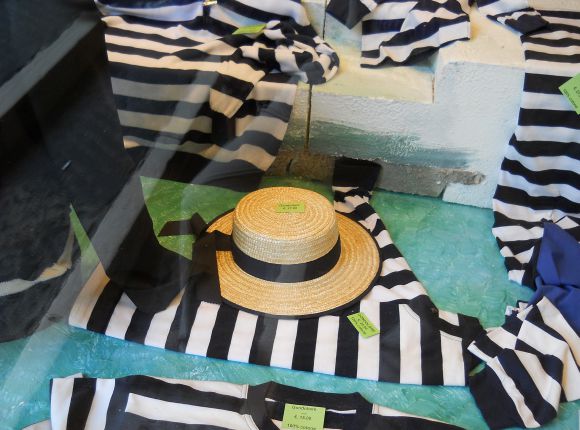
.jpg)
